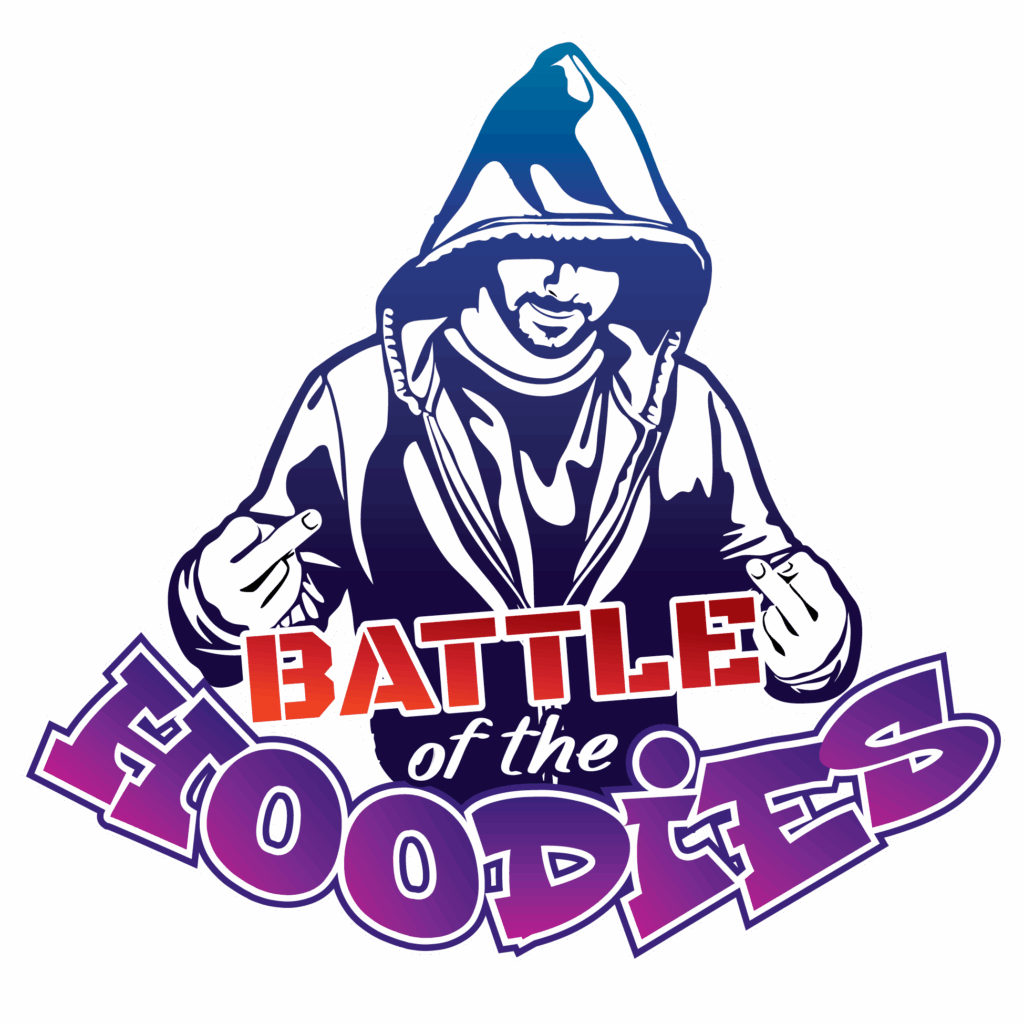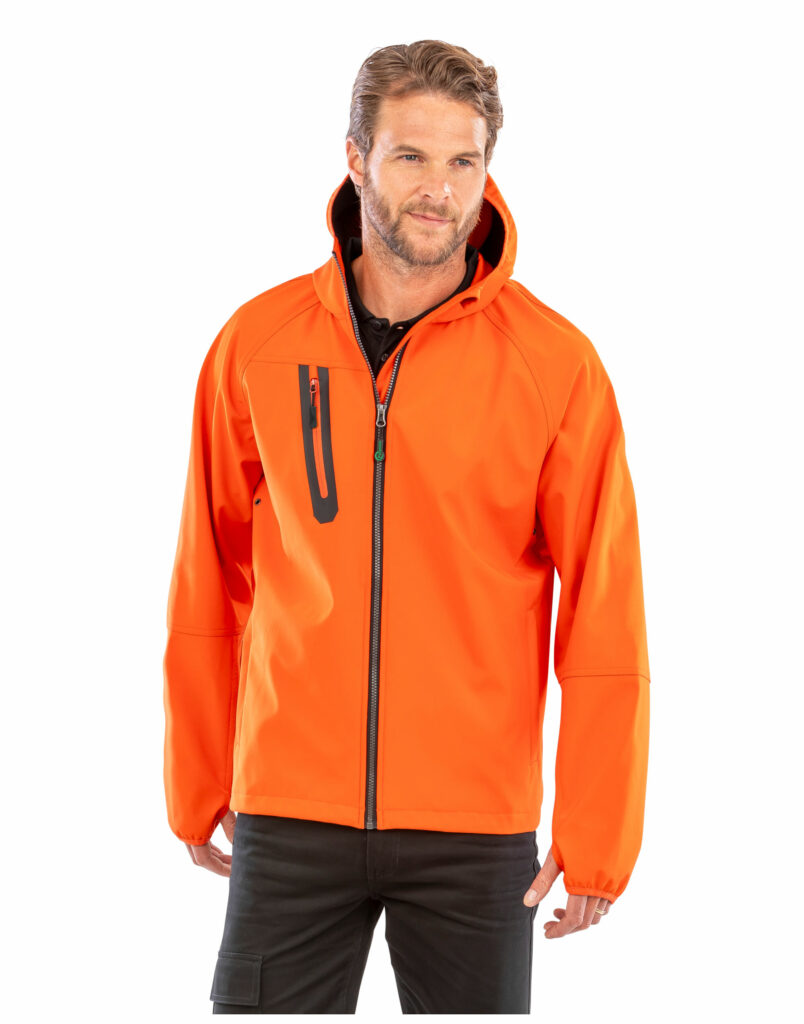10 surprising facts about hoodies
This September as we talk a lot about a winter favourite of the Hoodie, and watch our socials for the battle of the hoodie, where we pit a few great hoodies against each other, Here’s a few. fascinating facts to get you started.
When you slip into your favourite hoodie, you’re not just embracing comfort—you’re celebrating a piece of history, culture, and innovation. At Apparel Monkey, we’re passionate about creating premium hoodies that help you express your unique style, delivering great quality and a story with every piece.
However, you’ll be surprised at some of the key moments in the history of the Hoodie. Here’s 10 surprising hoodie facts that’ll make you appreciate this everyday essential item even more.

1. Medieval monks were the original Hoodie lovers
Long before contemporary streetwear existed, medieval monks rocked hooded tunics in the 12th century! These “cowls” kept them warm during chilly prayers and symbolized humility. We know that your Hoodies create your own culture and have their own storytelling associated with them, so why not start your own Hoodie Culture?
2. Champion invented the modern hoodie… for factory workers.
The first over the head hoodie, as we know it, was created in the 1930s by Champion to protect laborers from freezing New York winters. Little did they know, they’d created a legendary functional design that would become a global fashion icon.
3. The term “Hoodie” is younger than you think
Though hoodies existed for decades, the word “hoodie” only entered the dictionary in the 1990s! It gained traction alongside hip-hop culture and skater trends, proving slang can shape fashion history.
4. Hip-Hop turned Hoodie into a cultural
Run-D.M.C., Tupac, and Aaliyah made hoodies synonymous with 80s/90s hip-hop rebellion. The cult, the styles which were developed, defined the culture of the music and made the style become a massive defining element. Creating garment merchandise was a way of spreading the brand, so it’s why you’re reading this. Apparel Monkey is here to help you create your brand.
5. High Fashion labels often immediate culture
Over the years, many leading “high fashion labels” have edged into Hoodies. Luxury brands like Balenciaga and Vetements sent $1,200 hoodies down runways, blending streetwear with haute couture.
6. The sky is the limit – and no limits on price tags!
The “Diamond Destiny” hoodie ($150,000) by Elite Model World holds the title of the priciest ever, dripping with diamonds and 24k gold. At Apparel Monkey know and understand premium hoodies; besides, we’ve seen some stunners and know how to make you achieve the look.
7. NASA’S Astronauts wear hoodies in space.
From 2019, NASA designed hoodies with Velcro patches to hold tools during spacewalks. Which just proves it’s one of the most versatile items of apparel going. Here at Apparel Monkey, we can trim your hoodies with different colour pull cords to make them more yours!
8. Hoodies can be a symbol of resistance
After Trayvon Martin’s tragic death in 2012, the Million Hoodie March sparked global activism. The hoodie became a powerful emblem of solidarity and justice. A simple item can be the cornerstone of creating great messages – just like the “Person standing in front of you” hoodies from the last few years.
9. Tech-forward and friendly hoodies…
Back in 2014, Tommy Hilfiger’s “Wearable Tech” hoodie had built-in wireless headphones. Yes, we have everyday hoodies with phone pockets, eyelet holes for cables, but the innovation at the other end of the scale takes some matching. Experiment with solar-powered heating and anti-pollution fabrics. Let us know what features you want – even if it is super soft, and we’ll match you to the right hoodies.
10. Research backs hoodies boosting your productivity.
Over the last decade, if not longer, research by academics and others has proven that comfortable clothing enhances focus and creativity. Here at Apparel Monkey, we test products, so we can give you honest feedback and tell you watch matters.
Simply put, Apparel Monkey, we know our hoodies, we have studied the history, seen the cheap ones over the years, done stunning prints where others couldn’t achieve the results, and know how to trim something to give it the edge. Above all, we have some great options, and are available to get touchy-feely with in our show room – so see the feature videos when we upload them on our social channels.






